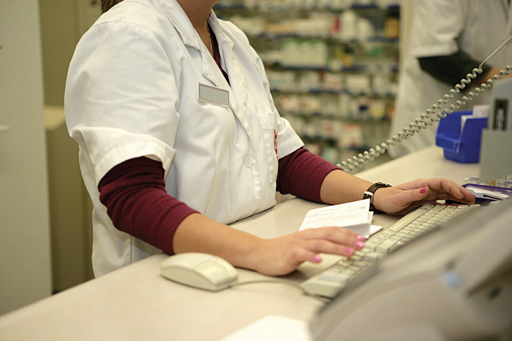PDA launches charter and campaign for safer pharmacies
In News
Follow this topic
Bookmark
Record learning outcomes

The Pharmacists' Defence Association has launched a 'Safer Pharmacies Charter' with the aim of ensuring safe practice in pharmacy and improving patient care through better working conditions.
The charter was launched last week at an event at the House of Commons attended by sector leaders, MPs and shadow health secretary Jonathan Ashworth MP. It defines seven basic standards (see panel) that should underpin safe practice whenever and wherever pharmacy work is carried out, says the PDA.
Explaining why the charter is necessary, PDA chairman Mark Koziol pointed to the growing pressures pharmacists operate under €“ pressures exacerbated by the funding cuts. Pharmacists are often €hampered€ in their efforts to ensure patient safety, he said.
€While numbers of prescriptions are growing, the resources [pharmacists] work with are getting smaller and smaller. Staffing levels are being reduced, trained staff removed to cover other parts of the pharmacy, and targets to sell items or hit other commercial imperatives are forcibly imposed. All this leads to a diminution of patient safety€.
Working conditions in pharmacies that are increasingly sub-optimal potentially expose the public to unnecessary risk and place an intolerable burden on the mental health of pharmacists, who may be forced to take short cuts in safety procedures due to lack of resources. €Surely it shouldn't be like this,€ he said.
Safety net
Mr Koziol emphasised the valuable €safety net€ that pharmacists provide in primary care by picking up prescribing errors and through their local knowledge of individual patients. This could not be replicated by a robot dispensing miles away in a warehouse.
He referred to General Medical Council research from 2012, which found that one in eight patients received a prescription from their GP containing an error €“ an error rate of 12.5 per cent. But by the time the patient leaves the pharmacy, that error rate is reduced to 0.04 per cent. €Yet all pharmacists say they can do even better,€ he said.
€Pharmacy already has very high safety levels,€ he told Pharmacy Magazine. €However, we believe safety can be improved even further if the sector works together to ensure optimum working conditions.€
The public expect and must have access to a pharmacist in a pharmacy at all times. €A pharmacy without a pharmacist is never going to be as safe as one where a pharmacist is present,€ said Mr Koziol.
The PDA is calling on employers, the GPhC and Government to support the commitments outlined in the charter and help underpin the professionalism of pharmacists by ensuring working environments lead to even higher levels of patient safety.
The union also wants the profession's representative bodies to join it in creating an advertising campaign to raise public awareness about pharmacists' important safety role whenever a patient presents a prescription at a pharmacy.
- Mr Ashworth committed to €reversing the [funding] cuts and working to promote pharmacy safety issues€ in a short address given at the event.
Safer Pharmacies Charter commitments (#saferpharmacies)
- No self-checking
- Safe staffing
- Access to a pharmacist
- Adequate rest
- Respect for professional judgment
- Raising concerns
- Physical safety
